Oscar Piastri’s finishing school: poetic symmetry in Australian F1 superstar’s class act
On his way to becoming Australia’s F1 superstar, Oscar Piastri was a starry-eyed young fella who dared what-ifs to play pitch-and-toss at an English school with a very special alumni.
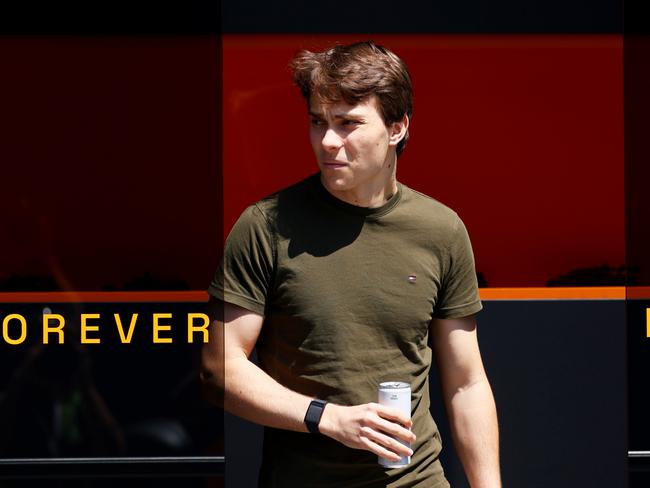
If you can choose a beautiful English school to attend … if you’re brave and ambitious enough to leave Australia and board at Haileybury from the age of 14 … if you’re sufficiently dedicated to chase your dream … without making the dream your master, of course … if your supercomputer of a brain recognises Haileybury as a path towards the triumph and disaster of Formula One … while treating those impostors just the same, of course … you’ll play pitch-and-toss with your future and give it a go.
If you look at the school’s alumnus, you’ll see the names of Oscar Piastri and Rudyard Kipling, the author of a poem so famous it needs no introduction. If you don’t know the poem If, if you’ve skipped those classes in high school, it illuminates the value of a stiff upper lip to the inevitable what-ifs of life. To the doubters, to the liars, to the haters, to the knaves and the fools, to the kings and the commoners, to all the challenges crossing your path from birth to grave.
Muhammad Ali carried If’s verses in his pocket. Piastri went one better. Here’s the funnest fact of the week – Australia’s F1 superstar, the 24-year-old with the supercomputer brain, has gone to the same school as the poet’s poet.
If you ask Haileybury’s director of sport, Andy Searson, for his memories of Piastri, he delivers the following reply.
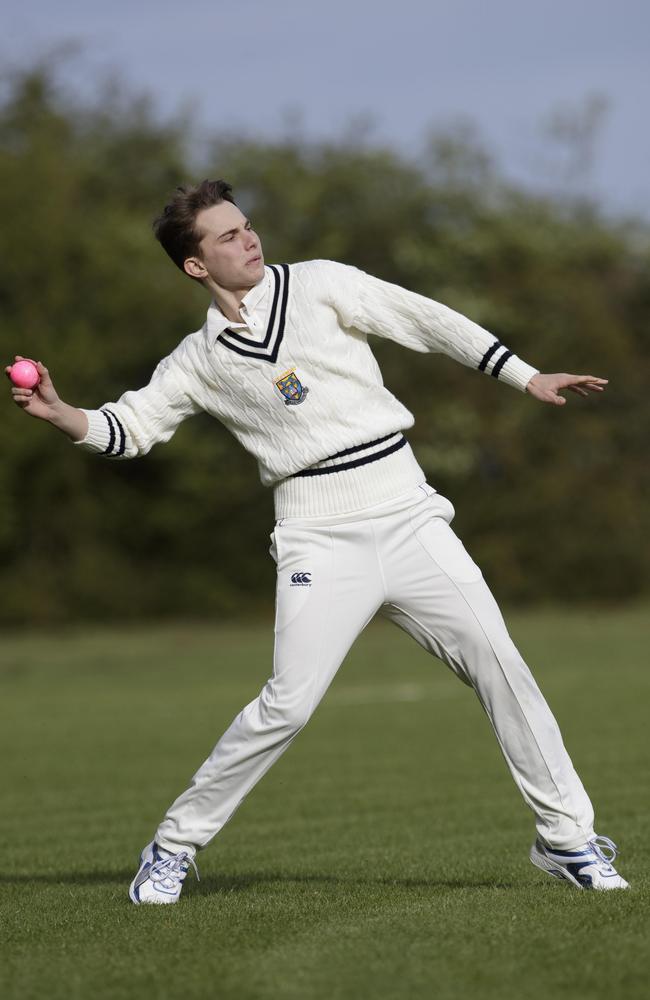
“Oscar was a terrific student in and out of the classroom,” says Searson. “He never demonstrated anything other than exemplary humility and remarkable composure. A charming young man and a passionate cricket fan, he was a dedicated member of the third XI cricket team, he himself capable of bowling a heavy ball with an intimidating run-up!
As well as playing cricket himself, he would relish such opportunities granted in the boarding school environment as gathering with his peers around the television to watch Ashes cricket battles in the winter months.”
Humility. Composure. Passion. Dedication. Rings true. Piastri boarded at Haileybury from the age of 14 to 18. “He was meticulous with his time management, coping admirably with his impressive academic work whilst simultaneously excelling on the global go-karting and Formula 4 circuits, and regularly training at Silverstone,” Searson says.
“He was, and is, quite the role model. We are very proud of him.“
What was Kipling like at cricket? A nice run-up? Poetry in motion? If we inspect the photograph of Piastri playing thirsty thirds for Haileybury, if we’re being honest, I believe we witness someone familiar. Here’s the loveable guy in everyone’s cricket team whom we adore for trying his heart out … while hiding him in the field because he cannot actually field and has no arm. Bless. If we’re painting an accurate picture, I’m thinking Piastri’s cover drives weren’t as impressive as the ones he was doing at Silverstone.
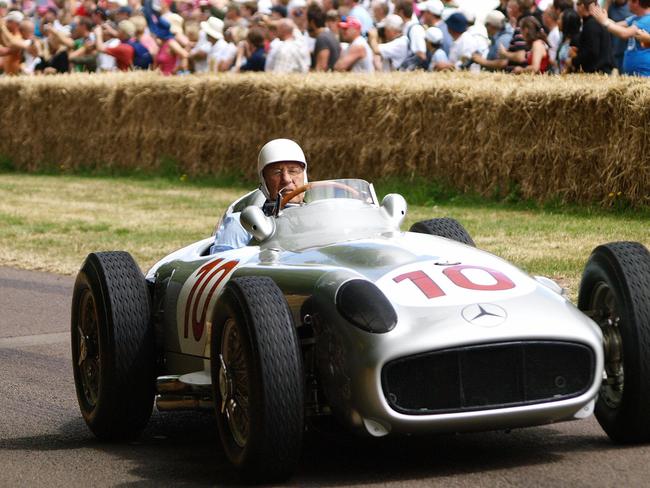
It was 2016 when the starry-eyed young fella left his family and friends in Melbourne to play pitch-and-toss in England. Silverstone’s hallowed bitumen was only an hour away, if you really put your foot down. If you could map out the perfect course for success, an idyllic road to success, it’s what Piastri does next, winning the Formula 4, Formula 3 and Formula 2 world titles. You don’t need a supercomputer brain to know where he’s likely to finish in F1.
If you ask Eugene du Toit, the Master of Haileybury, about his house of learning, he says: “We believe in the power of sport to do so much good in so many areas, from instilling a routine of exercise and fostering good mental health, to cultivating an understanding of the importance of teamwork and practice. Above all, sport is fun and teaches valuable life lessons about how to win and how to lose, and how to bounce back from disappointment. This philosophy underpins our sports program at Haileybury. It’s why sport is such a central part of life for all our pupils.
“Whatever level they play at … we invest in our pupils and work with them to develop their ability and physical literacy.
“We seek to create a positive and supportive environment, and we want every pupil to be able to continue enjoying sport after they leave Haileybury.”
If our ifs and buts are candy and nuts, let’s agree Piastri is enjoying his sport this year, running rings around ’em, driving foes up the wall, leading the driver’s championship ahead of Sunday’s Emilia-Romagna Grand Prix in Italy.
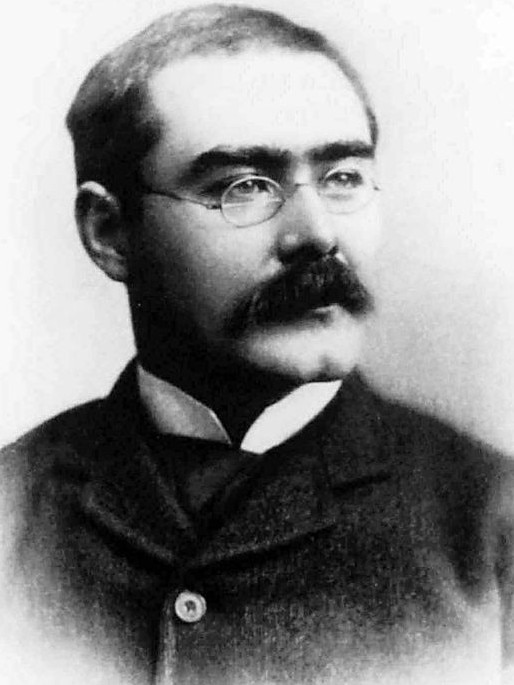
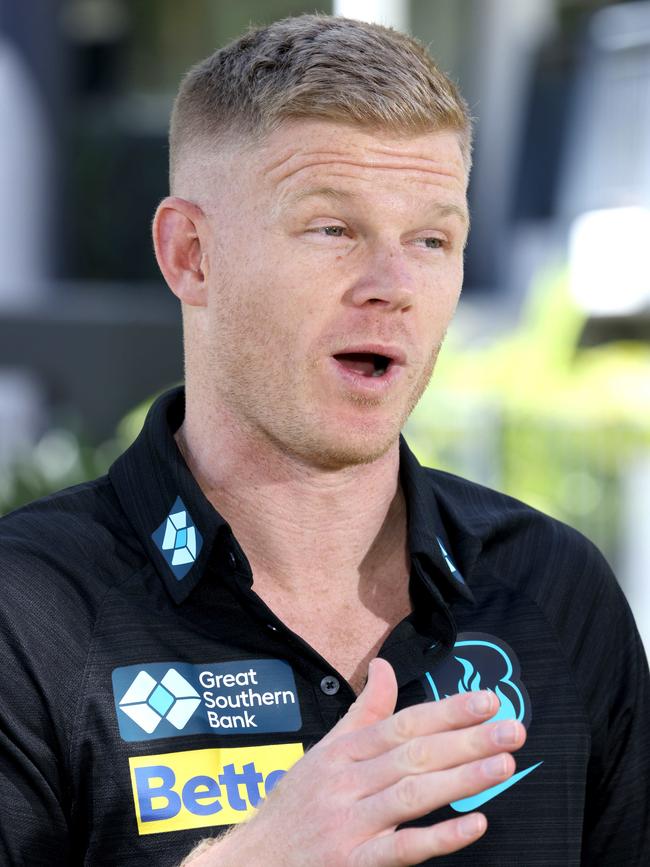
“We’re so proud of what Oscar has achieved and it’s been a pleasure to celebrate his success,” du Toit says. “While we can’t claim to have taught him how to drive an F1 car, we were pleased to provide wider coaching and fitness programs to support his developing career and created a bespoke learning structure that ensured he was able to attend his racing training while continuing to thrive in his academic studies.”
If you keep scrolling through Haileybury’s alumnus, here’s Sam Billings, the England T20 slogger/keeper who probably soared higher than thirsty thirds at school. Here’s Stirling Moss, the best F1 driver never to win a world title, hopefully not an omen. And here’s former England prime minister Clem Attlee, famously/infamously called “a sheep in sheep’s clothing” and “a modest man who has a good deal to be modest about” by Winston Churchill.
I’m not saying Piastri was a modest cricketer who had a lot to be modest about, but I’m not not saying it. It’s a great photograph. He looks conscientious, does he not? Thoughtful, charming, dedicated. Perhaps the ball has bounced a couple of times before finding the gloveman. He may not have Ellyse Perry’s rocket arm but mental attributes are more important in a cockpit.
Which brings to mind a quote from James Sera, Piastri’s first go-kart mentor in Melbourne. “Oscar’s brain is a supercomputer,” Sera tells Autosport.
“I knew early on that Oscar had something different to the other kids I’d coached and mentored here in Australia. I definitely encouraged his family to send him to Europe, which for a 14-year-old is no easy feat.”
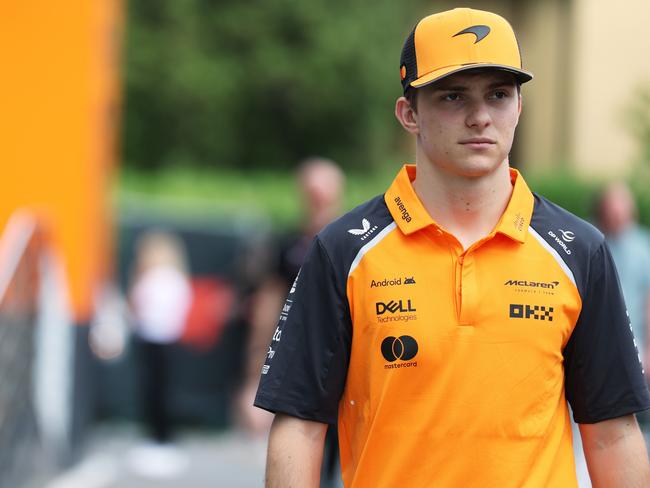
Once at Haileybury, on his way to experiencing the sweet impostors of triumph and limited disasters in Formula 4, Formula 3 and Formula 2, he was guided by Rob McIntyre, a go-karting manager and talent scout for higher possibilities.
If McIntyre nominates what makes Piastri different, he says: “It’s his feel, his dexterity – the supercomputer, the brain. Back then, he was exactly as he is now. Calm, quiet and extremely willing to learn. He has a persona like no other kid I’ve ever been involved with, and because of his outstanding attitude, he is just such a likeable kid. I was blown away by his calm attitude and how extremely intelligent he was for his age.”
A brainiac driving like a maniac at 335km/h. That’s Piastri. He was first sighted by McIntyre in his first year at Haileybury.
“I went to a European championship race and when I saw this little Aussie kid batting round, I thought, ‘OK, yeah, you’re quite good’,” McIntyre tells Autosport.
“He was driving for Ricky Flynn Motorsport. Ricky was best man at my wedding and I said, ‘So, the little Aussie kid is pretty fast. What do you know?’ Rick basically said, ‘Yeah, really fast, very technical, super-smart’.
“When I looked at his data, the way he used the steering and the way he used pedals, he was so dexterous. He’s got an amazing feel. I thought, ‘This kid is going to go really well in a car.”
How unique is this sport! Alex de Minaur has learned to be a tennis player by playing a lot of tennis. Ariarne Titmus has learned to be an Olympic swimmer by doing lots of swimming in Olympic-sized pools. Pat Cummins has learned to be a cricketing all-rounder by playing a lot of cricket as an all-rounder in his teens.
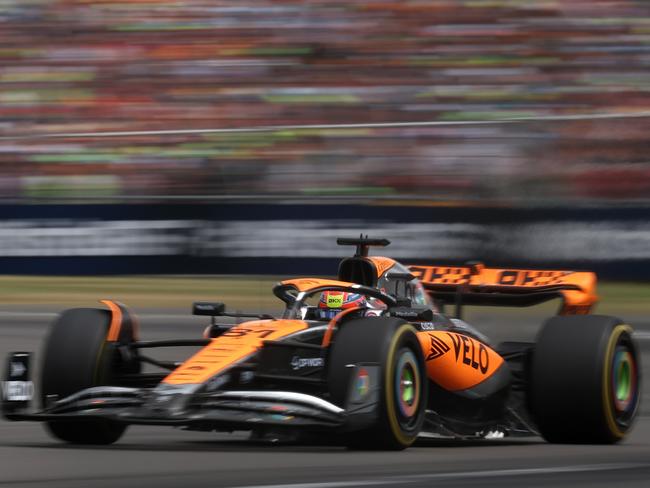
F1 drivers don’t grow up driving F1 cars. They start in karts and graduate to automobiles of greater grunt as they move up the grades. Only when you get to F1 – thrown to the wolves, the doubters, the liars, the haters, the knaves and the fools, the kings and the commoners – do you learn if you’re good enough for F1.
Piastri’s first spin in a real speed machine was at the Anglesey circuit in Wales.
“He’d never been in a racing car before,” McIntyre says. “We had an old BRDC F4 car. It was damp. He went out straight away and the left past the pits on his second run, there were five big seagulls sitting there. As Oscar came roaring past, they took off and he caught one of the seagulls with his wing mirror. It took the wing mirror off! When he came in, we looked at the data and he had not even lifted. The engineers kept saying to me, ‘He’s definitely been in a car before’. I had to say, ‘Guys, he hasn’t been in a car before’. They set a benchmark time for him. They said, ‘Listen, if you can get within three seconds of this time, happy days.’ By the end of the day, he was faster than the benchmark.”
If Piastri wins the Emilia-Romagna GP, or simply finishes ahead of his McLaren teammate Lando Norris, he’s on his way to realising the ambition he’s held since he was 14. If he’s ready to fight tooth-and-nail this year … if he’s willing to risk life and limb at 335km/h … if he’s able to keep driving like a wolf in sheep’s clothing … poetry in motion … if he can stay a modest young man when he has a good deal to be immodest about … if he can keep his head … if he can trust himself … if he can force his heart and nerve and sinew … to hold on! … he’ll do Kipling proud and Australia will have its first F1 world champion in 45 years.




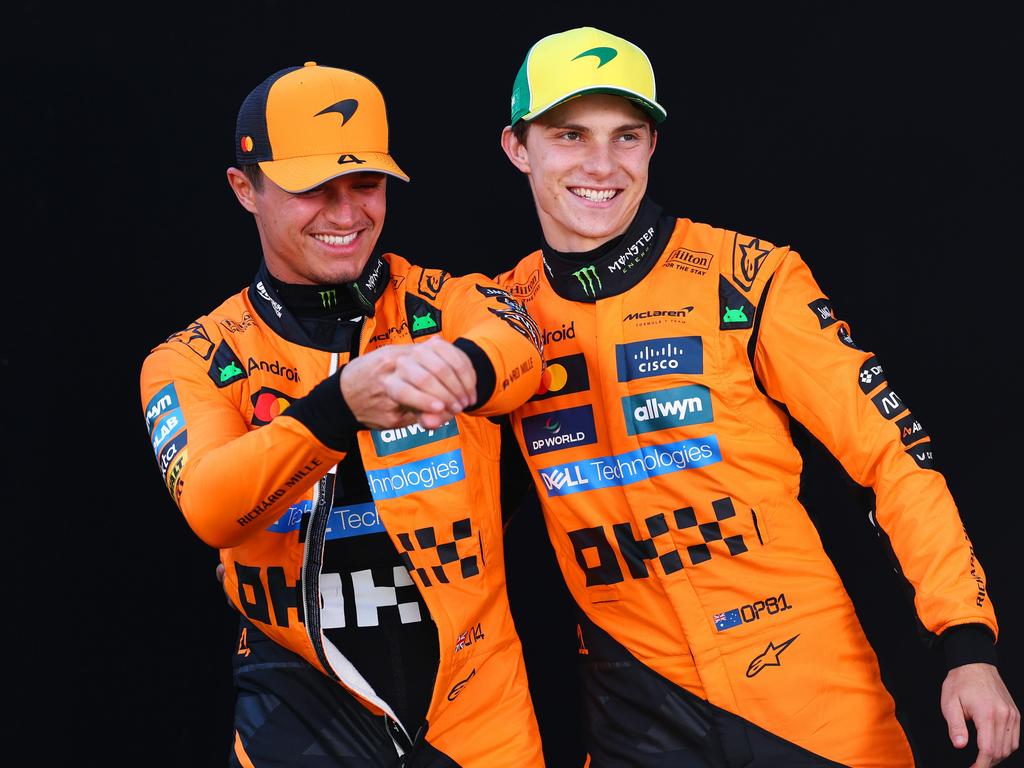


To join the conversation, please log in. Don't have an account? Register
Join the conversation, you are commenting as Logout